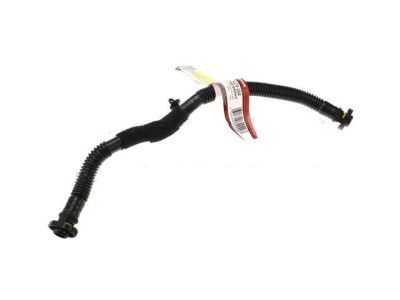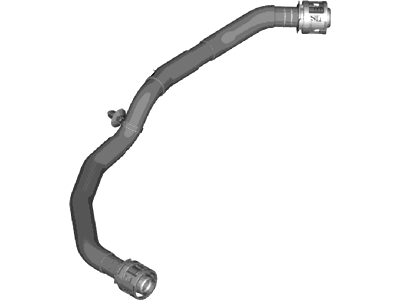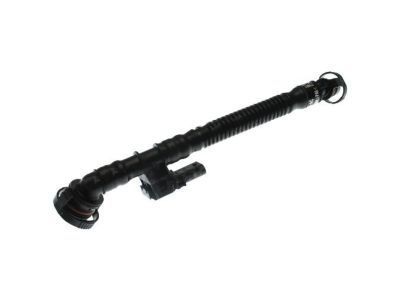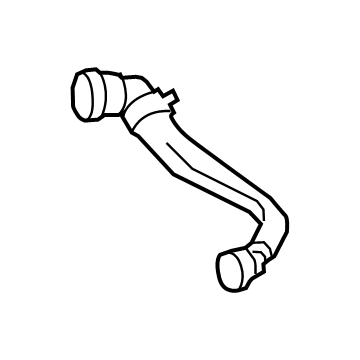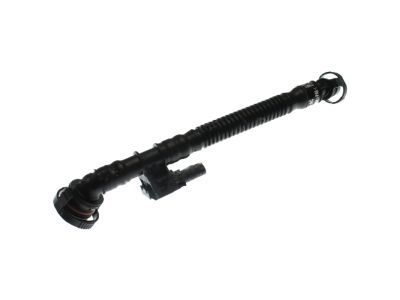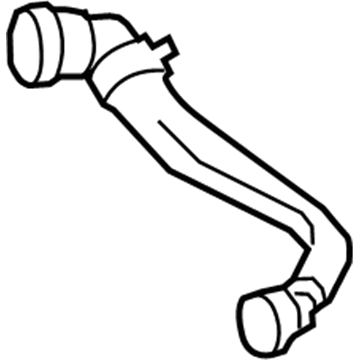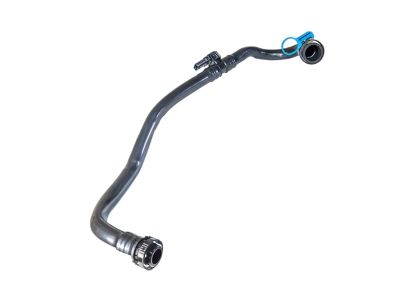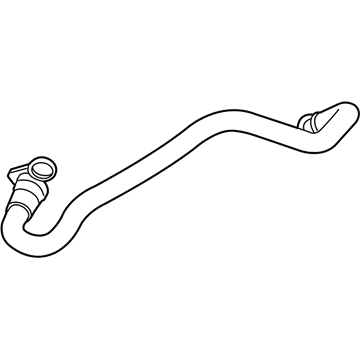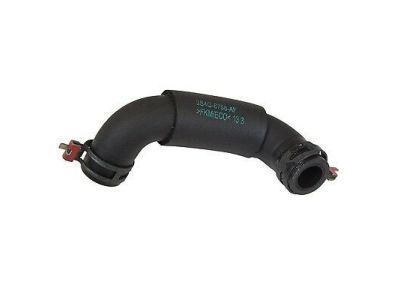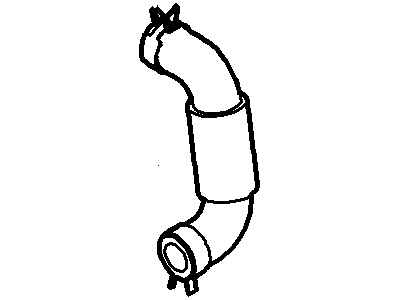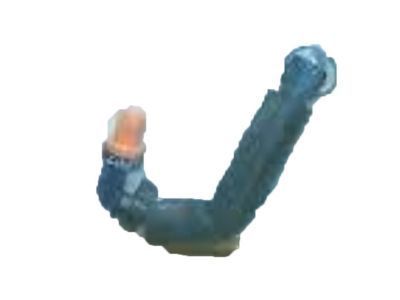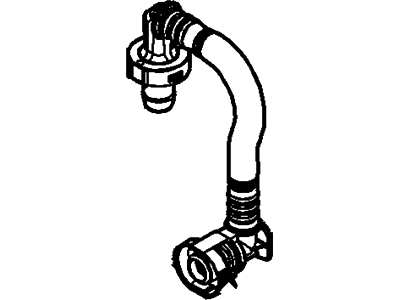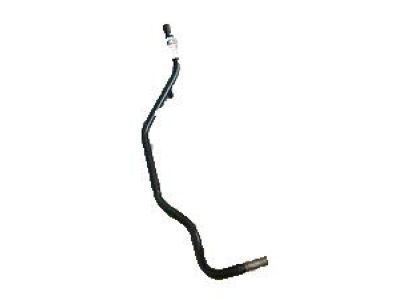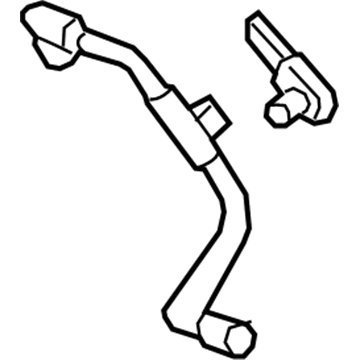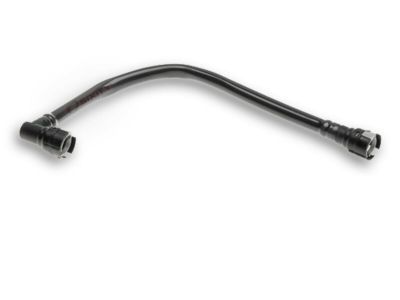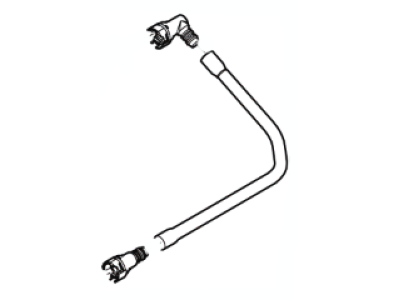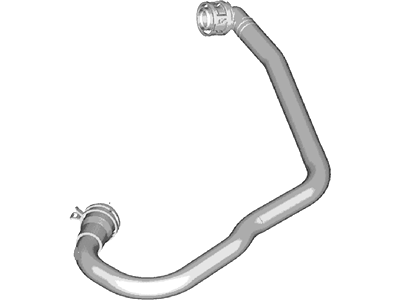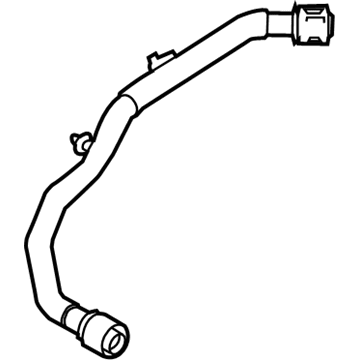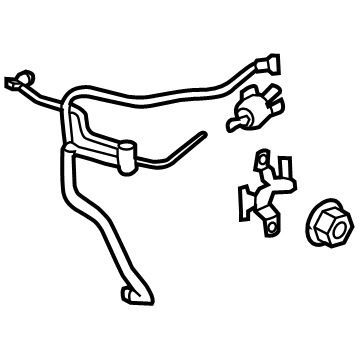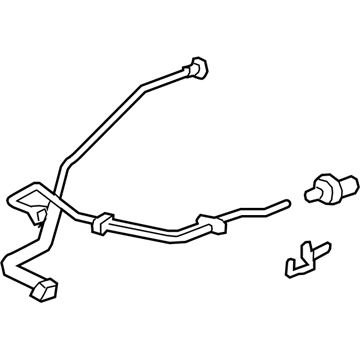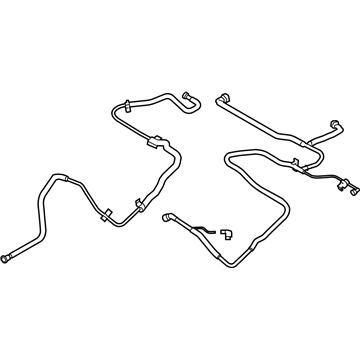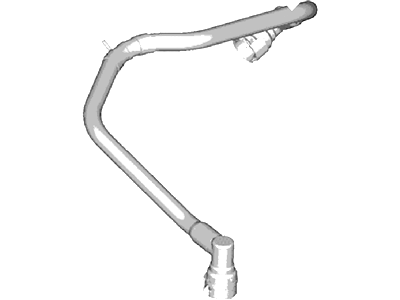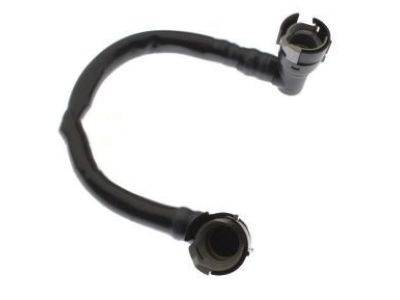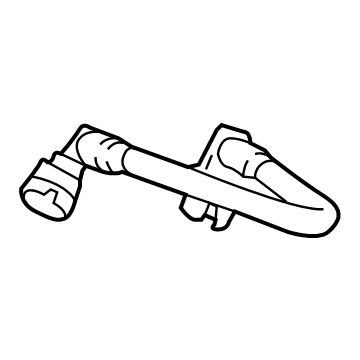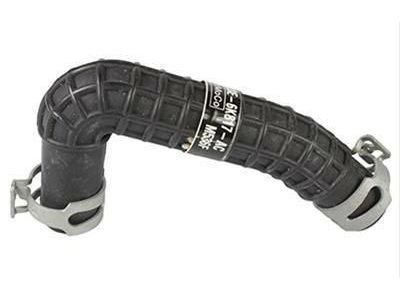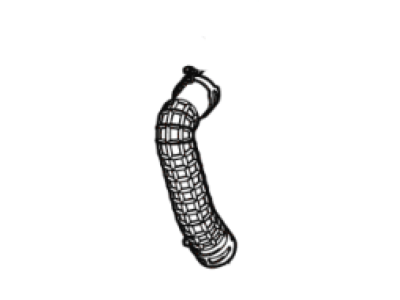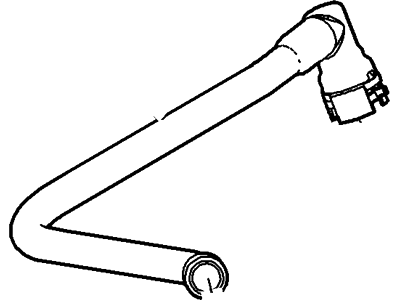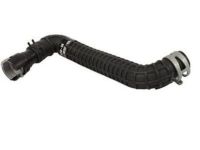

My Garage
My Account
Cart
Genuine Ford Fusion PCV Hose
PCV Valve Hose- Select Vehicle by Model
- Select Vehicle by VIN
Select Vehicle by Model
orMake
Model
Year
Select Vehicle by VIN
For the most accurate results, select vehicle by your VIN (Vehicle Identification Number).
31 PCV Hoses found
Ford Fusion Vent Hose
Part Number: BM5Z-6A664-H$55.78 MSRP: $82.83You Save: $27.05 (33%)Ships in 1-2 Business DaysFord Fusion Evaporative Emissions System Lines
Part Number: EJ7Z-6758-D$85.65 MSRP: $125.22You Save: $39.57 (32%)Ford Fusion Tube Assembly
Part Number: EJ7Z-6758-A$85.65 MSRP: $125.22You Save: $39.57 (32%)Ships in 1-3 Business Days
Ford Fusion TUBE - BREATHER
Part Number: HS7Z-6A664-C$139.75 MSRP: $216.67You Save: $76.92 (36%)Ships in 1-2 Business DaysFord Fusion Tube Assembly
Part Number: 3S4Z-6758-AA$31.86 MSRP: $45.38You Save: $13.52 (30%)Ships in 1-3 Business DaysFord Fusion Connector
Part Number: 8S4Z-6C324-C$52.32 MSRP: $75.17You Save: $22.85 (31%)Ships in 1-3 Business DaysFord Fusion Tube Assembly
Part Number: F2GZ-6758-A$67.84 MSRP: $99.18You Save: $31.34 (32%)Ships in 1-3 Business DaysFord Fusion Vent Hose
Part Number: 6E5Z-6A664-AA$17.37 MSRP: $24.75You Save: $7.38 (30%)Ships in 1-3 Business DaysFord Fusion Breather Tube
Part Number: BM5Z-6A664-E$61.94 MSRP: $76.17You Save: $14.23 (19%)Ships in 1 Business DayFord Fusion Vent Hose
Part Number: BM5Z-6A664-B$54.67 MSRP: $82.83You Save: $28.16 (34%)Ships in 1-2 Business DaysFord Fusion Breather Tube
Part Number: DS7Z-6A664-BC$189.97 MSRP: $287.83You Save: $97.86 (34%)Ships in 1-3 Business DaysFord Fusion Tube Assembly Fuel Vapour Separat
Part Number: HG9Z-9D289-F$168.72 MSRP: $246.67You Save: $77.95 (32%)Ships in 1-2 Business DaysFord Fusion TUBE ASY - FUEL VAPOUR SEPARAT
Part Number: HG9Z-9D289-E$213.21 MSRP: $333.67You Save: $120.46 (37%)Ford Fusion Connector
Part Number: 8S4Z-6C324-E$52.32 MSRP: $75.17You Save: $22.85 (31%)Ships in 1-3 Business DaysFord Fusion TUBE
Part Number: HG9Z-9D661-H$299.56 MSRP: $482.00You Save: $182.44 (38%)Ships in 1-3 Business DaysFord Fusion Tube Assembly
Part Number: DS7Z-6758-J$30.50 MSRP: $43.45You Save: $12.95 (30%)Ships in 1-2 Business DaysFord Fusion Breather Tube
Part Number: HS7Z-6A664-A$139.75 MSRP: $216.67You Save: $76.92 (36%)Ships in 1-2 Business Days
| Page 1 of 2 |Next >
1-20 of 31 Results
Ford Fusion PCV Hose
We provide a wide range of Ford Fusion PCV Hose at the best prices possible. If you need Ford Fusion PCV Hose, you can shop with confidence on our website. All our OEM parts come with a manufacturer's warranty and are delivered to your door step with a fast delivery service.
Ford Fusion PCV Hose Parts Questions & Experts Answers
- Q: How to regularly inspect PCV hoses and other plastic, rubber, and metal pipes on Ford Fusion?A:Because the area beneath the hood of a vehicle overheats, leading to degradation of materials, rubber and plastic hoses must be regularly inspected in the engine, accessory, and emission systems. These hoses should be looked for cracks, loose clamps, hardening and leaks. Check if clamped hoses do not lose their tension that may lead to leakage. Make sure replacement hoses for vacuum are made of the same material. To fully assess hoses they might need to be removed from the vehicle; hence, mark hoses and fittings for proper reinstallation later. Pay attention to the t-fittings made of plastics that can crack easily and when they connect there is distortion on fitting and hose. Detecting vacuum leaks can be done by using a small piece of vacuum hose as stethoscope by feeling sounds produced by a hissing sound while probing with it around fittings and hoses. Be ready to catch spilled fuel while working with fuel hoses since they are usually pressurized. In particular check for deterioration, chafing and cracks especially at bends and near fittings.
